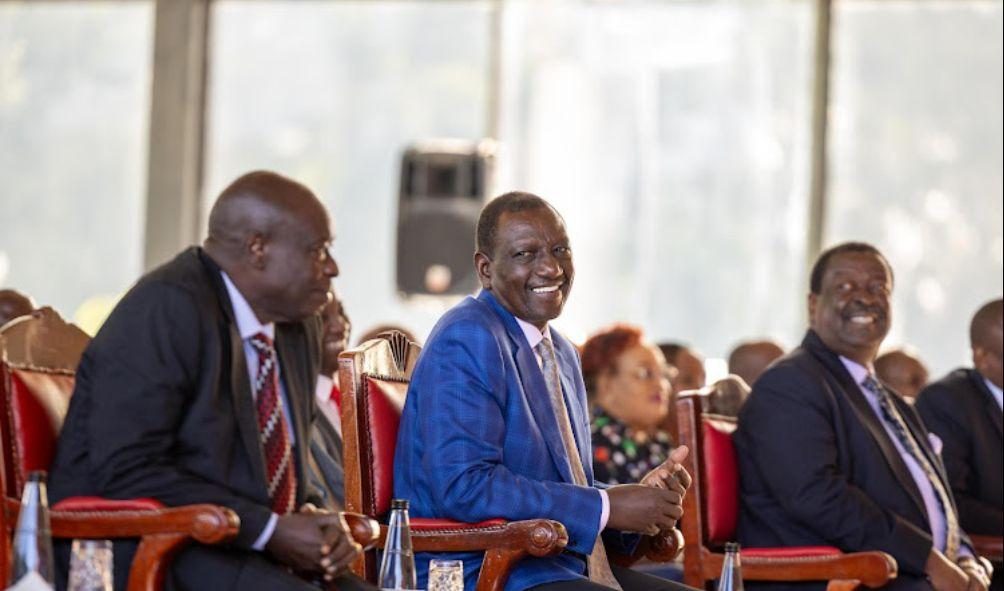Understanding the Constitutional Process for Removing a Deputy President in Kenya
The 2010 Constitution of Kenya outlines a comprehensive and stringent procedure for the removal of a Deputy President.
This procedure aims to preserve democratic values by ensuring that any removal is conducted legally, transparently, and with legitimate justification.
Here’s a detailed overview of how this constitutional process operates.
Grounds for Removal
A Deputy President in Kenya can be removed from office on specific constitutional grounds, including:
Severe Breach of the Constitution or Other Laws
This involves any actions that fundamentally violate the Constitution or other legal standards. Examples include misuse of office, undermining constitutional institutions, or engaging in illegal activities.
Incapacity
The Constitution permits the removal of a Deputy President who is deemed unfit to perform their duties due to physical or mental health issues. Such incapacity must be demonstrated and substantiated.
Gross Misconduct
Behavior deemed highly inappropriate for the office of Deputy President, particularly actions that tarnish the office’s reputation, can be grounds for removal. This includes corruption or unethical behavior that compromises the integrity of the office.
ALSO READ:
- Raila Ally Breaks Silence After Ruto-Uhuru Meeting
- Gachagua Close Ally Karungo Wa Thang’wa Accepts Ruto’s CBS Award
- Gov’t to Release Ksh.32 Billion to Counties Next Week – DP Kindiki
- High Court Strikes Down Ruto-Raila 2023 IEBC Amendment Bill
- Kenya Water Towers Agency Dissolved: Government Moves to Streamline State Corporations
Crimes Under Kenyan or International Law
Engagement in criminal activities, whether under national or international law, can also trigger the removal process. This includes serious offenses such as corruption, human rights violations, or other major crimes.
Initiating the Removal Process
The removal process begins in the National Assembly:
A National Assembly member must propose a motion detailing the grounds for the Deputy President’s removal. This motion must present the reasons and be supported by substantial evidence.
To advance, the motion must be backed by at least one-third of the National Assembly members. This support ensures the motion has enough backing for further consideration.
Investigation by the Senate
After the motion garners the necessary support:
The Speaker of the National Assembly sends the motion to the Senate within two days after it meets the National Assembly threshold.
The Senate establishes a special committee of eleven members to investigate the allegations against the Deputy President. This committee is required to conduct a thorough investigation within 10 days.
The Deputy President has the right to appear and be represented during the committee’s investigation.
The Senate then reviews the committee’s findings. If the committee does not substantiate the removal grounds, the matter is dismissed.
If the findings are substantiated, the Senate will vote on the impeachment charges after giving the Deputy President a chance to be heard. A two-thirds majority vote in favor of the committee’s findings results in the Deputy President’s removal from office.
ALSO READ: Mt Kenya’s Love Affair with Impeaching Governors: A Deep Dive into Political Turmoil and Instability
After Removal
Following the Senate’s decision:
The Deputy President’s office becomes vacant immediately after the Senate’s resolution. The President must nominate a new Deputy President within 14 days, and this nominee must be approved by the National Assembly within 60 days before taking office.
Historical Context
No Deputy President has been removed under this constitutional provision, illustrating its role as a safeguard against arbitrary dismissal.
The provision underscores that all leaders, regardless of their rank, are accountable under the law.
The removal of a Deputy President in Kenya involves a serious and intricate process, reflecting the significance of the office and the necessity for high-level accountability.
As Kenya advances its democratic institutions, these constitutional protections are crucial for maintaining the rule of law and good governance principles.
Understanding the Constitutional Process for Removing a Deputy President in Kenya
